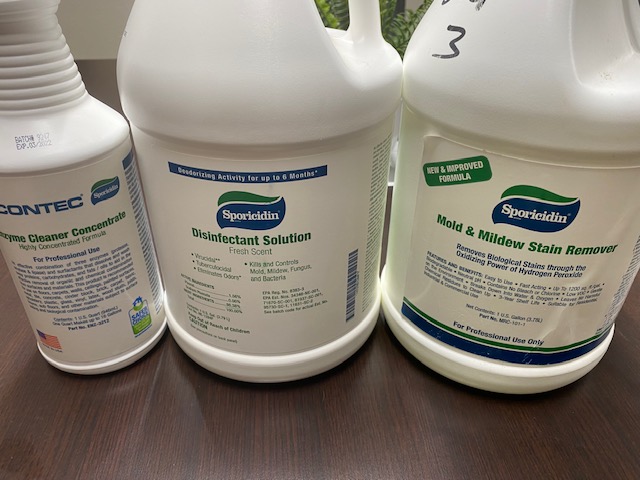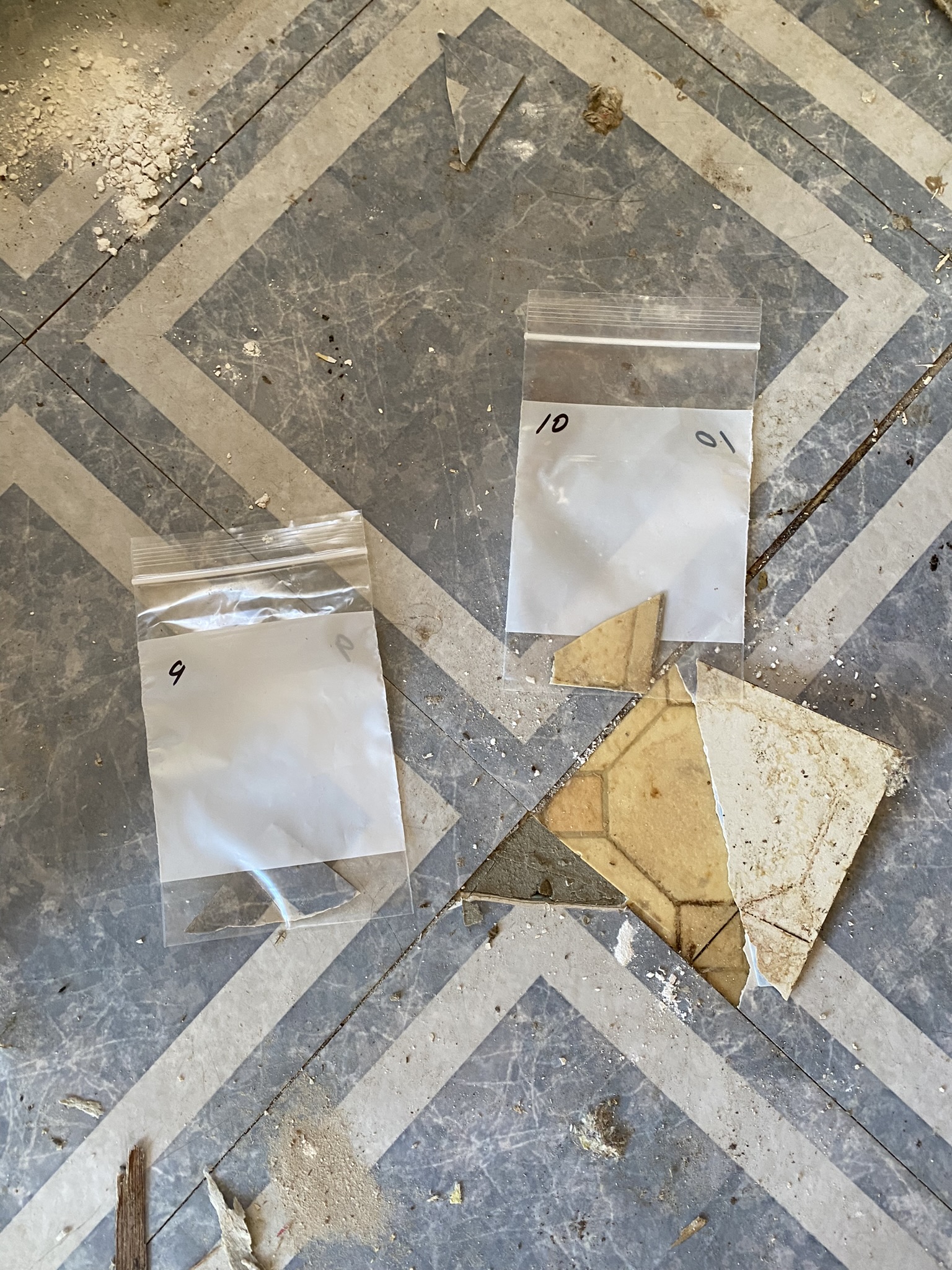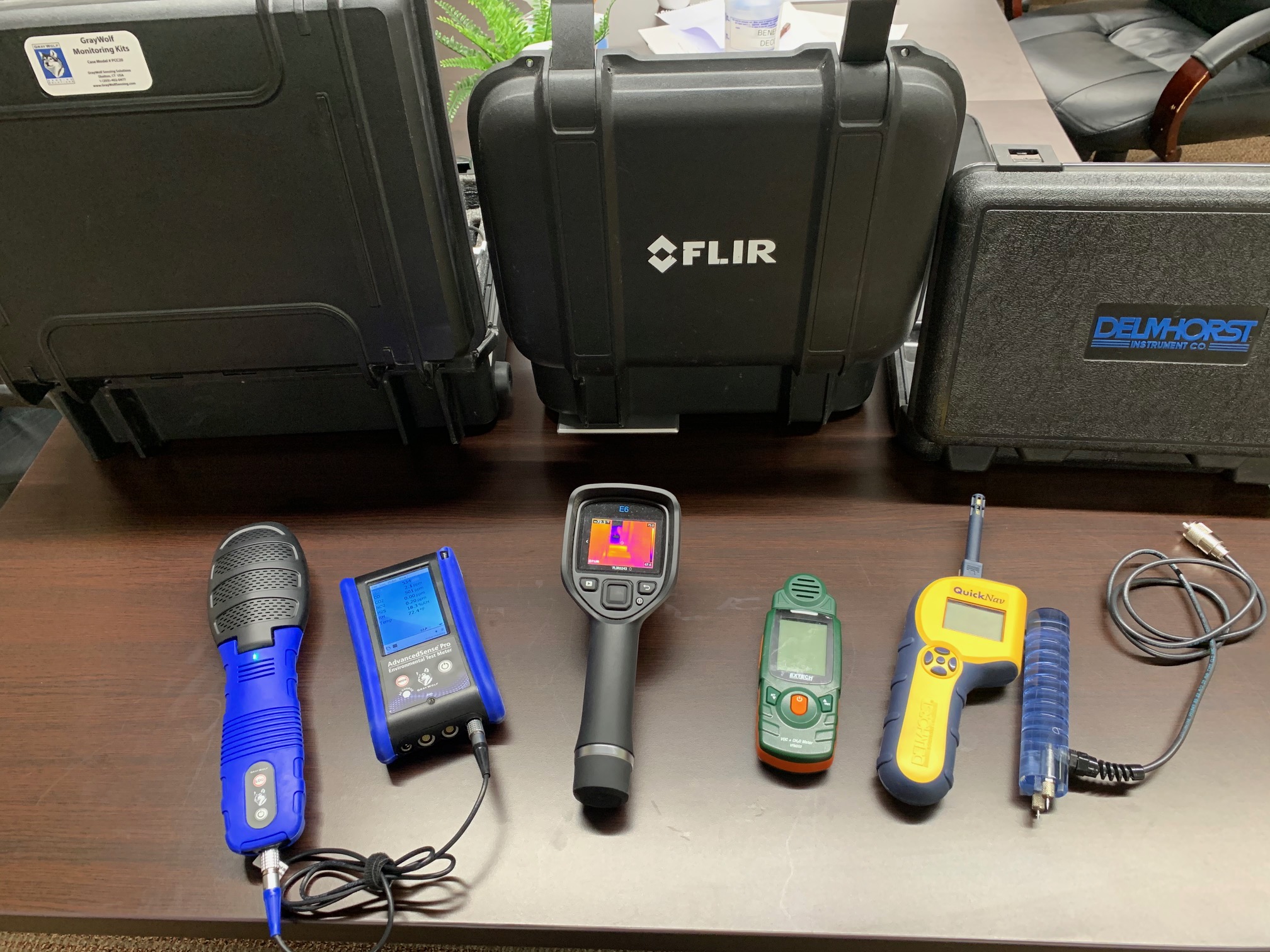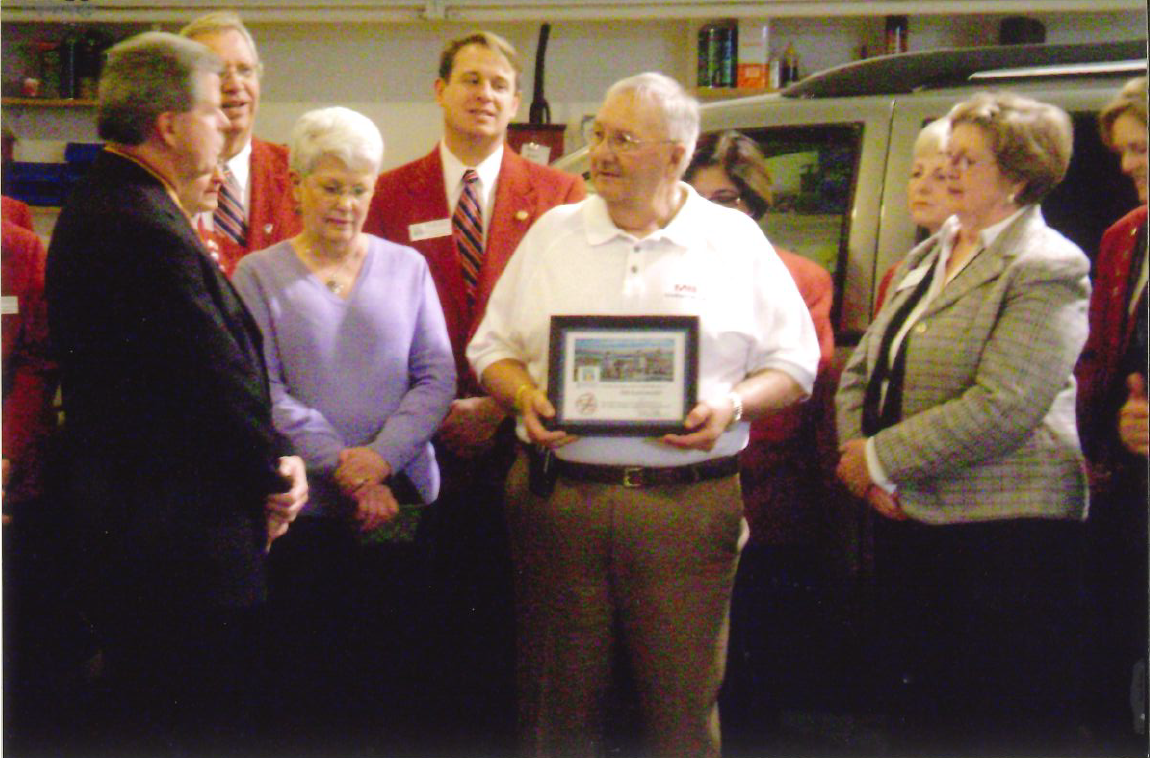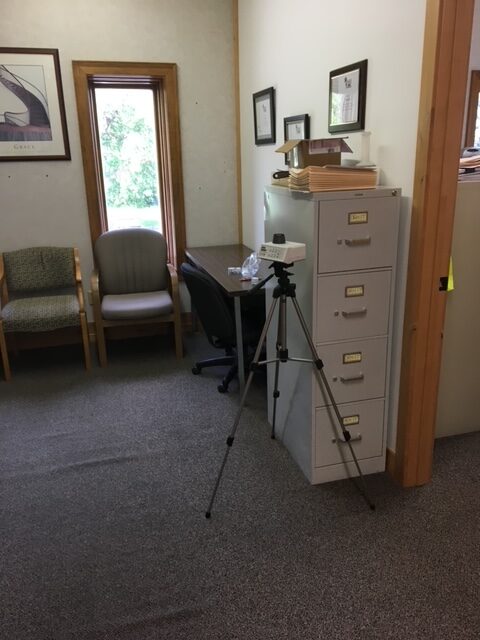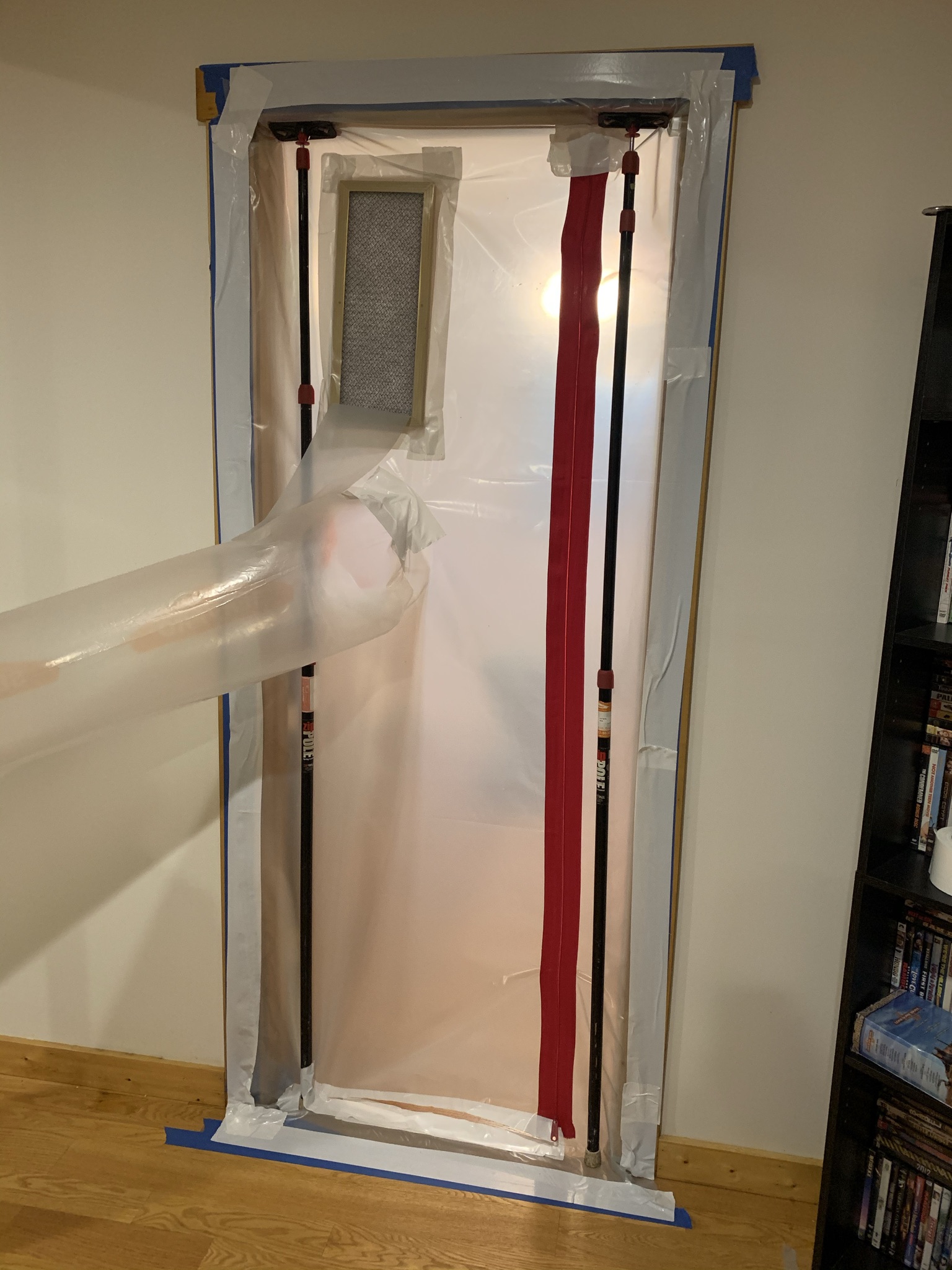Blog
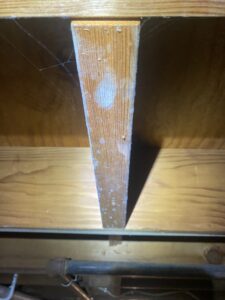 Basement Humidity Control
Many of the projects that MB consults on involve moisture damage and fungal growth resulting from humidity condensation. Basement walls are normally cooler than the surrounding surfaces, which attracts the moisture in the air to condense on these surfaces. Repeated condensation or heavy condensation during periods of elevated humidity can result in moisture damage to materials and mold growth. Concerns about climate control in...
Basement Humidity Control
Many of the projects that MB consults on involve moisture damage and fungal growth resulting from humidity condensation. Basement walls are normally cooler than the surrounding surfaces, which attracts the moisture in the air to condense on these surfaces. Repeated condensation or heavy condensation during periods of elevated humidity can result in moisture damage to materials and mold growth. Concerns about climate control in...
+ Read More
Mold Remediation is the removal and cleaning of mold and mold spores, in an effort to return an affected area to normal fungal ecology. The following steps should only be attempted after the area has been properly contained and air flow is managed, to prevent cross contamination to unaffected areas of the building. The remediation process includes the removal visible mold growth from non-porous surfaces and the collection of airborne, using HEPA filtration, and settled mold spores, from horizontal surfaces.
STEP 1- Removal of growth and spores
-
- All areas of visible suspected mold growth, on non-porous materials, should be...
+ Read More
When is asbestos testing necessary? According to the EPA, OSHA and the IICRC S-500 standards, it is required in buildings of any type (residential or commercial) and of any year of construction
Here is a link to a video created and posted by Brandon at Reets Drying Academy which clearly explains the asbestos testing requirements as enforced by the EPA, OSHA and as recommended by the IICRC S-500 Standard.
https://reets.wistia.com/medias/fcpm8s7jzm
MB's Documentation Supplied to Contractors We Work With.
Notice of Asbestos Testing Requirements
The EPA, State Regulatory Agencies...
+ Read More
This document was written for a specific customer. It has some good general information on utilizing the equipment already present in the home, or investing in some low cost items that can improve the overall air quality in a home.
Ways to Improve Overall Air Quality
During the initial mold assessment, there was some discussion of different ways to improve the overall air quality in the home. There are some very inexpensive ways to maximize the equipment that you already have in the home and there are some more expensive products that can have a very significant positive impact on the air quality.
Bathroom Vent Fan – The bathroom vent fan is...
+ Read More
MB Mold & Air Quality Testing was founded over 25 years ago as MB Environmental Consulting, Inc. by Mike Buelow. Mike had retired as the head of Asbestos Safety for a large manufacturing company. In his retirement, he opened MB Environmental to test for asbestos and train certified asbestos abatement technicians. After a few years, MB expanded into Mold Testing and Consulting until his retirement in 2017.
In 2017, the name was changed to MB Mold & Air Quality Testing as more emphasis was placed on Air Quality Testing and consulting. MB Mold & Air Quality Testing consults on mold and air quality issues with individuals, businesses and institutional clients in Iowa,...
+ Read More
Do you have any concerns about the indoor air quality of your office or other business property?
Has the Indoor Air Quality (IAQ) of your commercial building ever been tested?
There are three main strategies to controlling IAQ.
- Managing pollutant sources. This is done by simply eliminating pollutants if possible, by setting physical barriers (containment), by managing air flow with pressure differentials or by timing the necessary release of pollutants to coincide with times when the building is not occupied.
- Diluting pollutants and remove them through ventilation.
- Using filtration to clean the air of pollutants.
According to the...
+ Read More
We receive numerous calls each month from customers with mold remediation questions. Many of these customers have a very small amount of visible mold and don’t feel the need to hire a qualified mold remediation company, either due to budget constraints or their possessing prior construction experience.
Most of these calls are in regard to cleaning versus removal of contaminated materials and cleaning product questions.
- Can a mold source be cleaned or does it have to be removed? As a general rule, if a mold source which is present on a porous material, that material should be removed.
- Which product should be used to safely cleanup the settled spores associated...
+ Read More
 Basement Humidity Control
Many of the projects that MB consults on involve moisture damage and fungal growth resulting from humidity condensation. Basement walls are normally cooler than the surrounding surfaces, which attracts the moisture in the air to condense on these surfaces. Repeated condensation or heavy condensation during periods of elevated humidity can result in moisture damage to materials and mold growth. Concerns about climate control in...
Basement Humidity Control
Many of the projects that MB consults on involve moisture damage and fungal growth resulting from humidity condensation. Basement walls are normally cooler than the surrounding surfaces, which attracts the moisture in the air to condense on these surfaces. Repeated condensation or heavy condensation during periods of elevated humidity can result in moisture damage to materials and mold growth. Concerns about climate control in...

